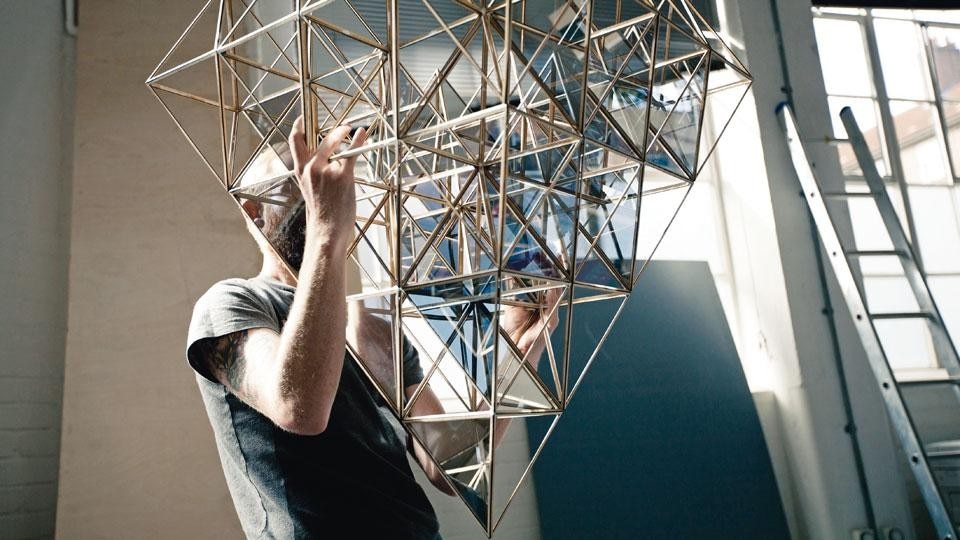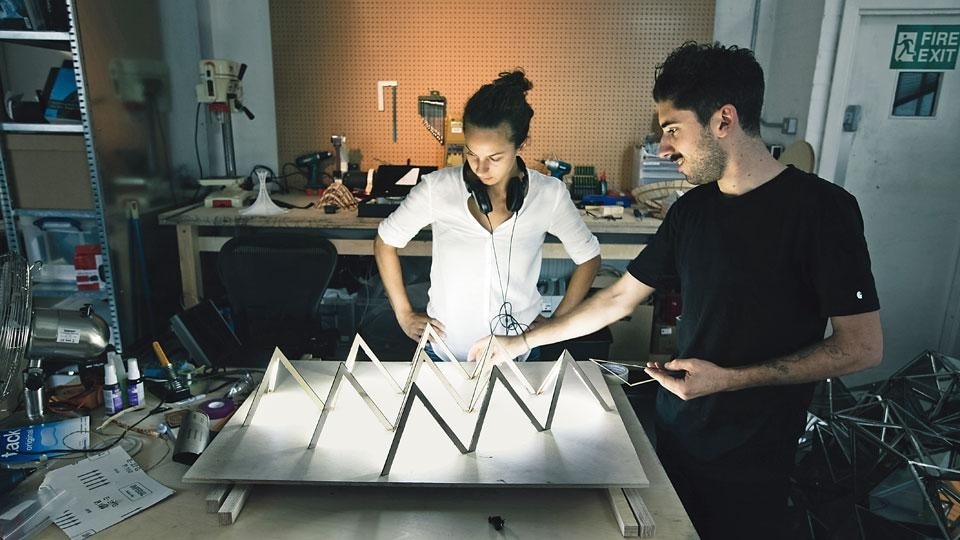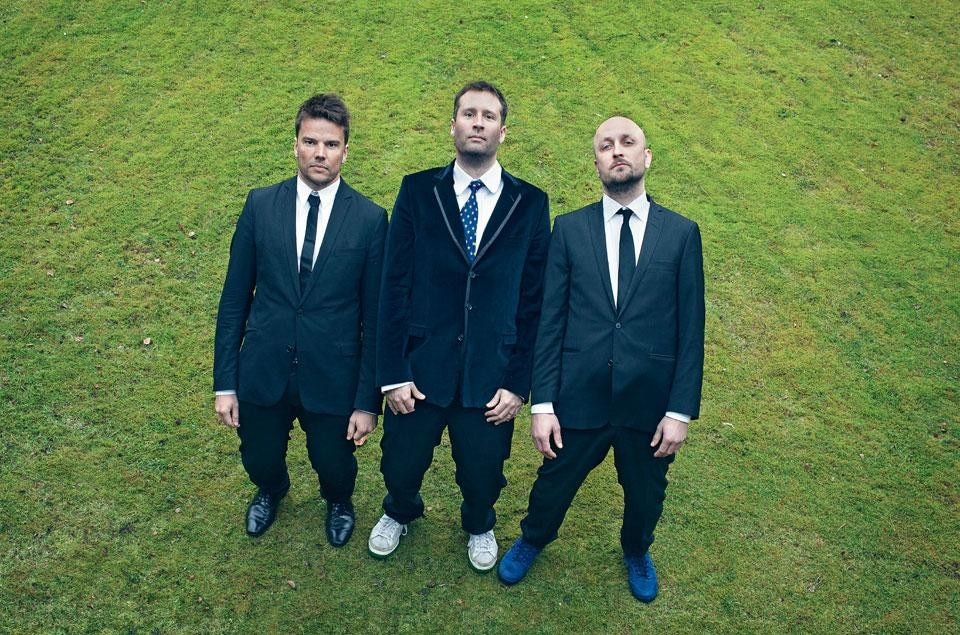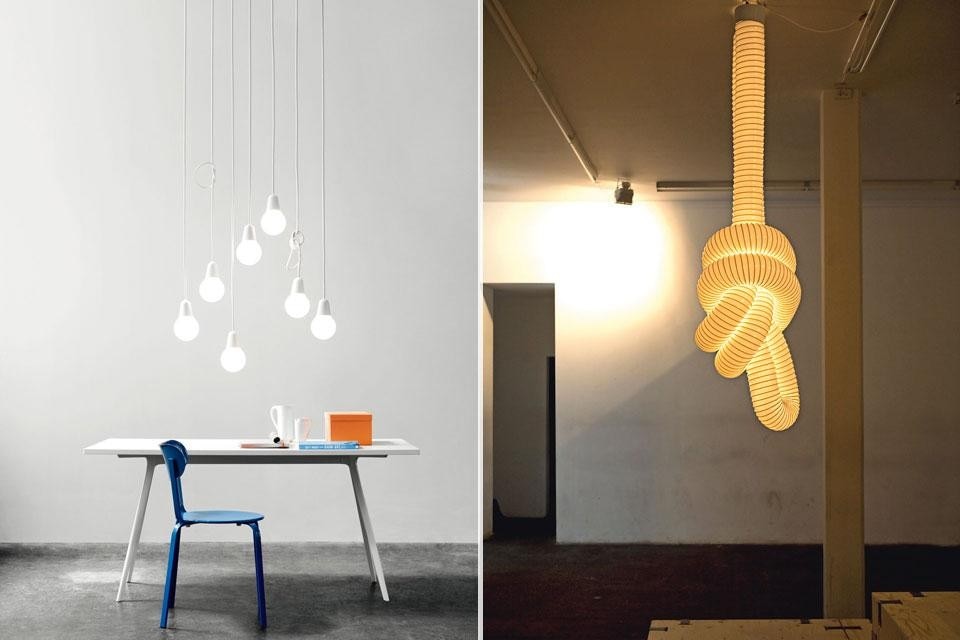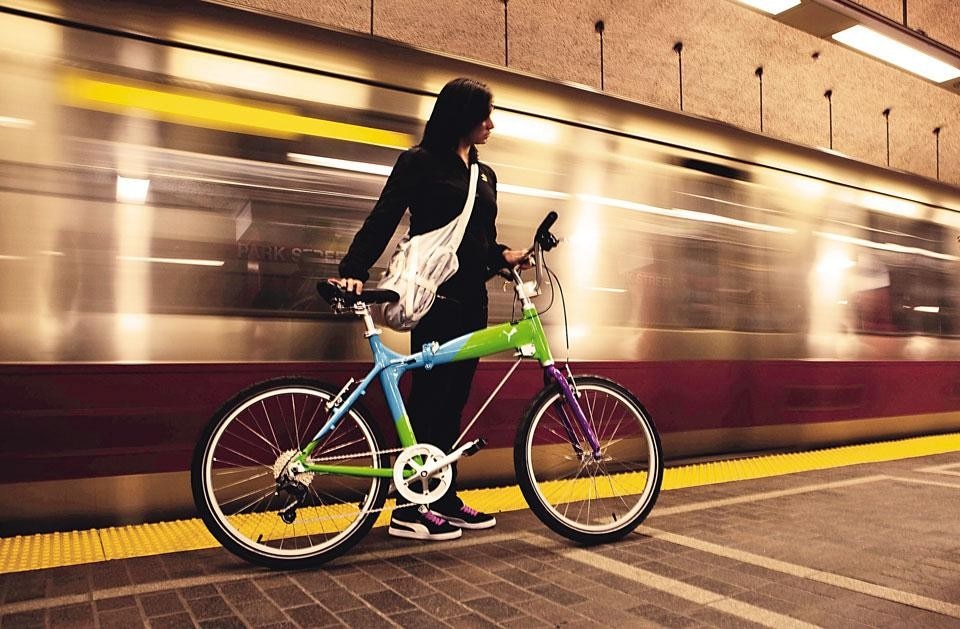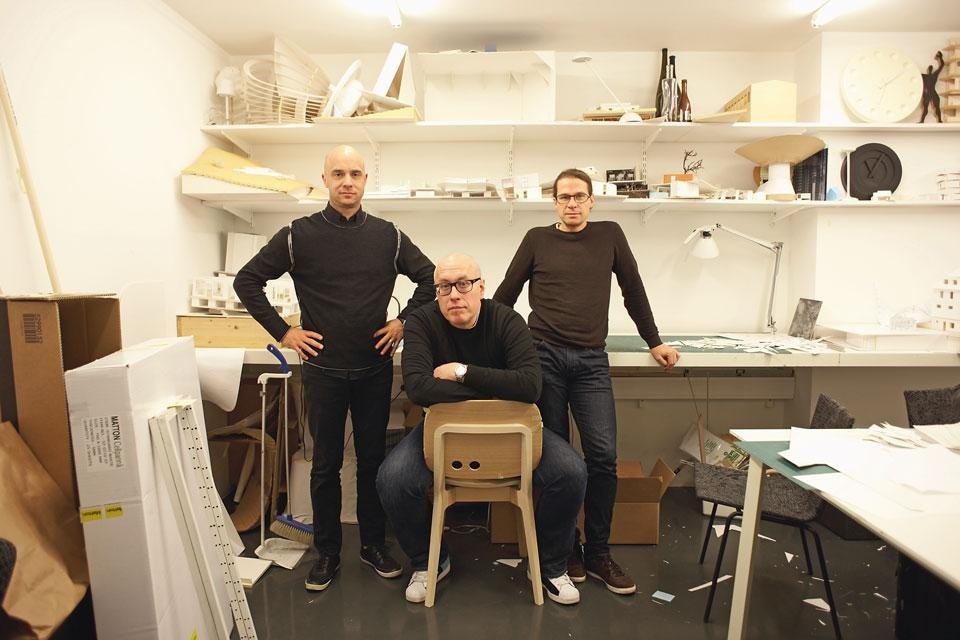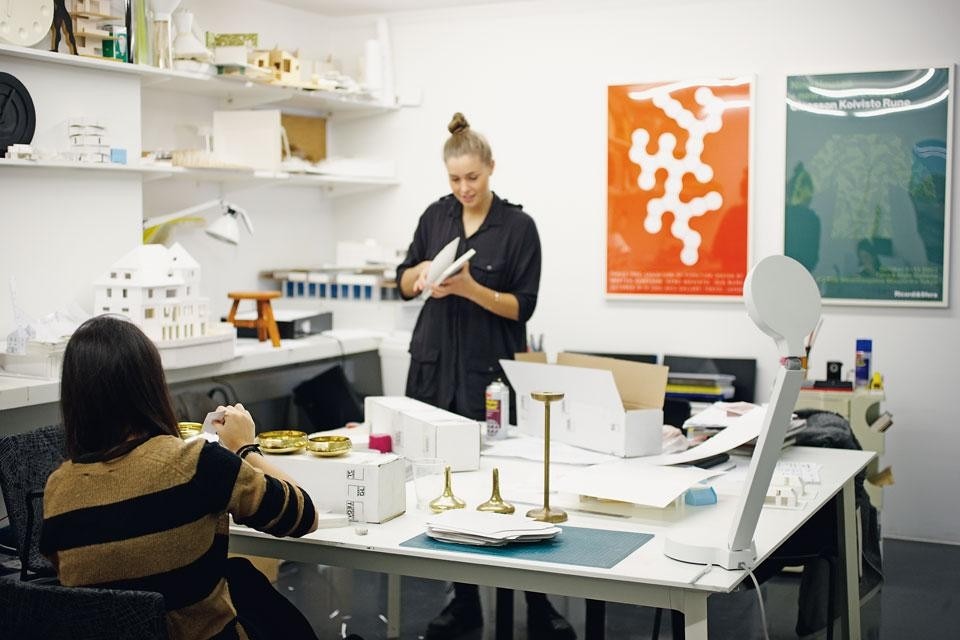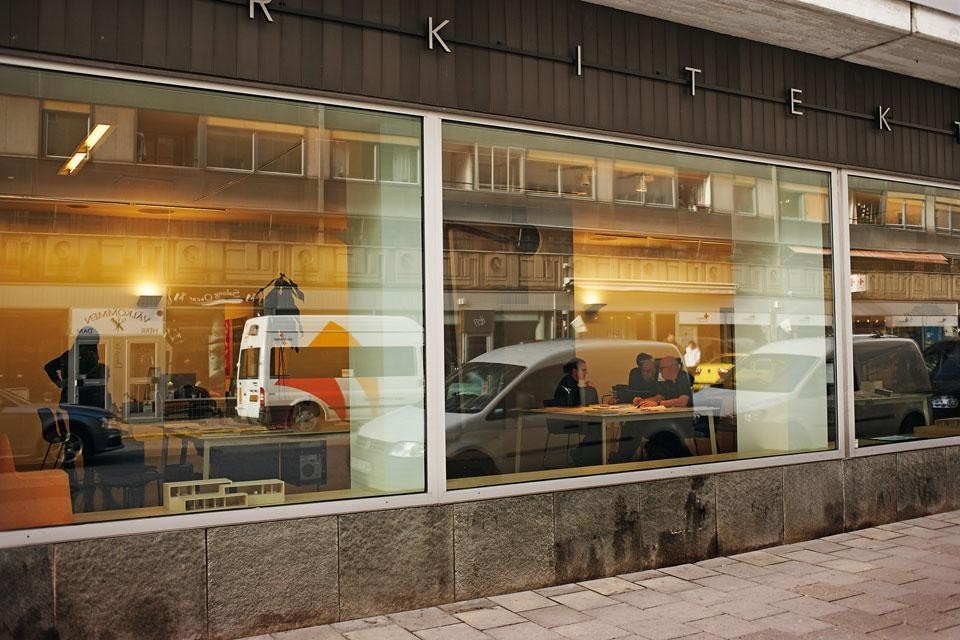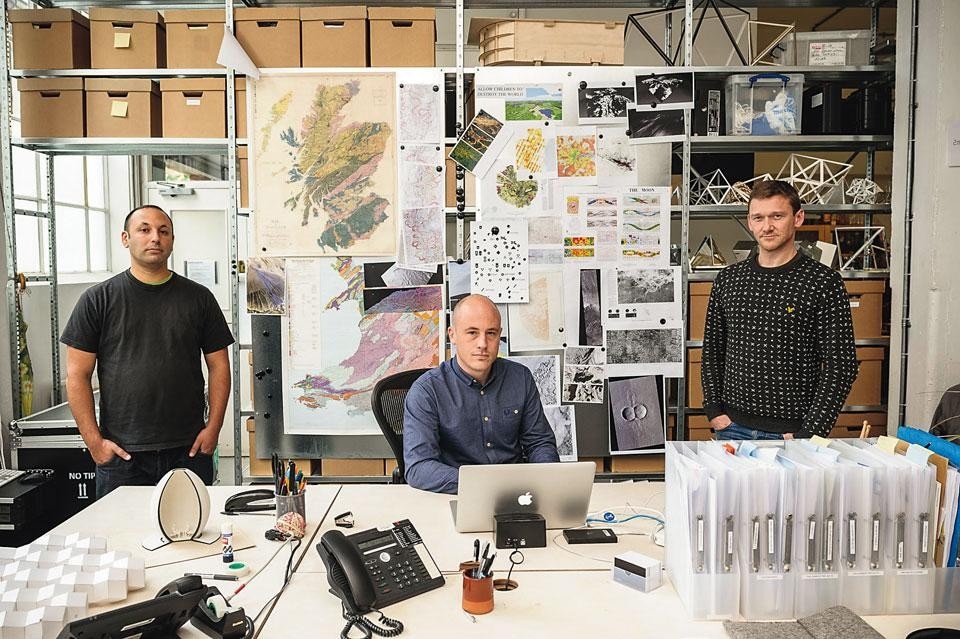Some stages in the history of art denote lively collective identities. Think of the Bauhaus, or the early-20th-century avant-gardes, when opposite factions debated the future of culture. In today's creativity on the other hand, it is rare to find individuals ready to share their visions and watch them merge — in art as well as in design and architecture. But when this does occur, the results are impressive. Which only goes to show that multiple minds concentrated in unison can boost the imaginative potential with excellent results. The UVA (United Visual Artists) group of British artists is a collective practice. Set up in London in 2003, its partners are Matthew Clark, Chris Bird and Ash Nehru, who are masters of a technological research transferred and filtered into magnetic stage designs of unusual expressive elegance.
Specialised in the creation of spectacular installations, aided by an original use of lighting and video projections (which started as scenic support for concerts by Massive Attack, U2, Battles and Jay-Z), UVA have widened their radius of action through collaboration with designers, architects and engineers, but also with other visual artists and with the help of advanced interactive communication devices. Their multimedia creativity involves and captivates audiences. In 2007 their Hereafter video installation, presented in Tokyo, Belsay and London, featured a floor-length mirror with a hidden high-speed camera giving reflections that wove together previously recorded moments, objects and people. In 2010 they made Canopy, a permanent 90-metre-long light sculpture spanning the front façade of the Maple Leaf Square building in Toronto. Inspired by the experience of walking through a forest's dappled light, this architectural installation is made of thousands of identical modules switched on and off intermittently. A dance of shadow and light makes the forms, abstracted from the geometry of leaves, appear remote from nature yet able to lead us back to it by recalling a forest canopy.
